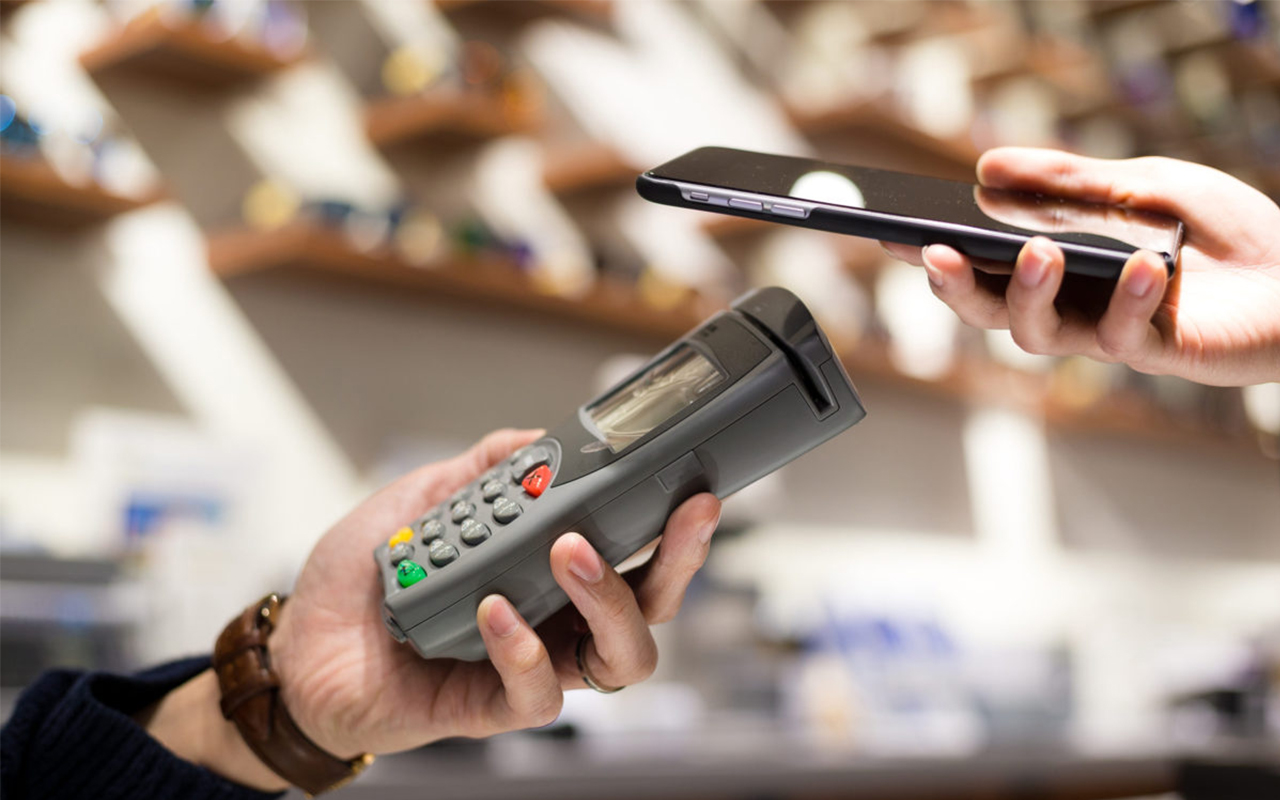Now, mobile shops and e-commerce sites are but a bare minimum to play in this new field. The competition for a share in the consumers’ wallets just got more interesting, and we are seeing the following tech trends leading the way.
Omnichannel experience
Big grocery brands now have their own mobile apps or partner with the likes of Metromart and Pick A Roo. Smaller, enterprising shops have found a way to get in front of their customers through Facebook, Lazada, and Shopee. But if brands want to stand out, they have to stop looking at online shops simply as alternatives to brick and mortar stores. Depending on convenience, preference, and possibly movement restrictions, customers should be able to choose or combine experiences from these channels.
Nike, for example, has gone ahead and implemented a seamless omnichannel experience for its customers. In a flagship store in New York, Nike fans can reserve shoes online, book a fitting appointment, arrive at a store to find a locker with their name on it, and open the locker with their smartphone. Inside is the shoe they reserved and that they can try on. If all goes well, they can even do a mobile checkout. The success of the selling process was a result of a well-orchestrated online and offline experience.
There are simpler and more practical benefits to an integrated digital and store experience: an updated and synchronized inventory, ability to launch cross-channel promotions, and maintaining a single profile for every customer.
Virtual Try Before You Buy
Part of the fun in shopping is trying on different styles, putting on makeup samplers, making sure new shoes hug the unique shape of someone’s feet. In the age of COVID-19, this activity may make shoppers more vulnerable to infection as they spend more hours going around the store and being exposed to various surfaces. With augmented reality, buyers can recreate the fun of trying before buying, without the accompanying risk.
In a Chanel store in Paris, fitting room mirrors are equipped with AR technology that recommend complementing products to the one the shopper is wearing. In London, The CornerShop features a technology where shoppers can see their virtual selves trying on apparel, without going into any fitting room. In China, beauty tech company Meitu has a platform where makeup enthusiasts can digitally try on makeup and see how the product will look on their skin, before buying them. Augmented reality helps narrow the “try on” gap in the buying process.
Ultra-personalization
Grocery stores usually display low-ticket items like gum and magazines near the cashier. Because they’re not expensive, it is easy for the customer to get them on a whim as the cashier rings up their goods. The digital equivalent is when e-commerce shops display dairy items, for example, as the user is browsing baking products. Imagine the kind of recommendation the shop can give if they knew that it was the customer’s birthday (they can provide a promo code) or that the customer is vegan (they can display soy milk instead). When recommendations are personalized, there is a higher likelihood that the shopper will add the items to their cart, and it will be an easier shopping experience as well. The same preference-based content may be applied to social, ads, and emails served to the customers, effectively expanding the shopping experience outside the four walls of its physical store and the four corners of its web display.
Touchless shopping
Credit cards and fintech may have made contactless payment the norm even in physical stores, but shoppers still need to approach a self-service kiosk to press buttons or a cashier to scan and bag the items. But Amazon has found a way to make shopping totally touch-free.
In Amazon Fresh stores in the UK, shoppers can pick up items from the aisles and leave the premises as soon as they have completed their grocery list. Amazon uses computer vision, deep learning, and sensor fusion to automatically list and charge the items in the customer’s bags. The cost is charged to the buyer via the Amazon Go app. The experience is perfect for a population that is always in a hurry and is minimizing interactions.
We already have the technology for the future of retail
The platforms and technologies for the future of retail are not new. For decades, the industry has been using apps, running them on the cloud, making decisions based on data, and using machine intelligence to automate transactions. But today is the best time to leverage them to create experiences with customers despite physical restrictions.
Ready to step into the future? Stratpoint offers software, cloud, data, and AI services. Book a meeting through the form below.
